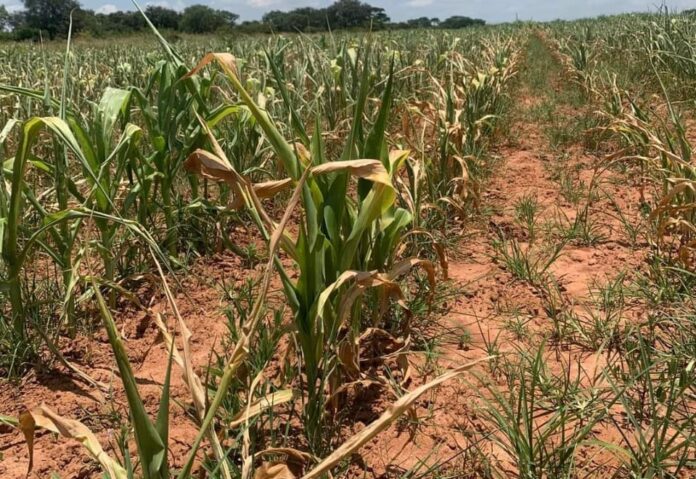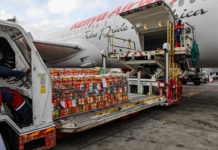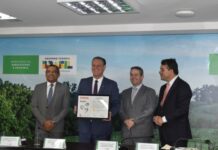A resurgence of La Niña conditions in the tropical Pacific Ocean has kindled cautious optimism among South Africa’s farming community for rainfall gains during the 2025/26 summer season.
According to the latest assessment from the U.S. Climate Prediction Center (CPC), La Niña is now officially in effect, and is projected to persist through December 2025 to February 2026, before gradually shifting toward a more neutral state.
In its 9 October 2025 ENSO Diagnostic Discussion, the CPC announced that La Niña conditions have emerged, based on sea surface temperature anomalies in the central and eastern equatorial Pacific and atmospheric coupling patterns.
The CPC notes that the current La Niña is expected to remain in place during the Southern Hemisphere summer, though there is about a 55 percent chance of a return to ENSO-neutral conditions by January–March 2026.
This latest development reinforces earlier indications that the ENSO system was shifting away from neutral toward a La Niña state, a pattern welcomed by many in South Africa’s agriculture sector, where elevated rainfall during the summer season can bolster crop yields and relieve pressure on grazing and water resources.
Rain Hopes Rise Among South Africa’s Farmers
Forecasters and agricultural insiders express guarded optimism that the developing La Niña could translate into above-average precipitation across southern Africa, especially during the heart of the summer rainfall season. While no two La Niña events are identical, the general tendency is toward wetter-than-average conditions for many key agricultural regions.
The timing, regional distribution, and intensity of rainfall will heavily influence whether farming communities reap meaningful benefits or still face localized drought stress. Some areas, particularly in the drier fringes, may continue to lag behind even under a La Niña regime.
According to Wandile Sihlobo, Chief Economist at the Agricultural Business Chamber of South Africa (Agbiz), La Niña is “an important structural tilt” in South Africa’s favour, potentially offering relief to farmers who endured erratic rainfall patterns under preceding years.
While he warns against overconfidence, he argues that the shift improves the likelihood of more consistent summer rains, especially in the core summer rainfall zones.
“There is need for policy support, infrastructure investments such as irrigation, water storage, and early preparation by farmers which are critical in converting enhanced rainfall potential into tangible gains,” said Sihlobo who has addressed the La Niña outlook in his public commentary and via social media channels.
In his view, a La Niña-aided season does not eliminate risk, but it raises the floor of expectation.
In prior public commentary, Sihlobo has cautioned that the transition to La Niña will not guarantee uniform outcomes across provinces, noting that regional climate drivers, soil moisture, and management practices will still modulate results. In this sense, he positions the development as opportunity—not certainty.
What This Means for South African Agriculture
If rainfall does trend above average across South Africa’s summer rainfall regions, several positive ripple effects may follow:
- Replenished water resources:dams, rivers, and groundwater reserves could receive a welcome boost, easing pressure on farmers and communities.
- Better prospects for summer crops:maize, sugarcane, and other summer staples stand to benefit, assuming planting and management are well timed.
- Improved livestock conditions:more abundant pasture and fodder growth may reduce feed stress and costs in many livestock-producing districts.
Yet challenges remain. Even under a favorable La Niña, some areas could receive below-normal precipitation, and extreme events such as flooding and storms might test soil erosion controls and infrastructure resilience.
Moreover, the possibility of a transition to ENSO-neutral in early 2026 suggests that the window for beneficial conditions may tighten toward the latter part of summer.
Looking Ahead
As the 2025/26 summer season approaches, the confirmation of La Niña provides a more optimistic framing for South Africa’s agriculture sector. But success will hinge on prudent preparations, responsive policy, and regional awareness of climatic variations.
Farmers, policymakers, and agribusinesses would do well to heed the signals—not as a guarantee, but as a call to readiness. With influential voices like Wandile Sihlobo urging cautious optimism, the agricultural community may find this season’s La Niña a turning point, if managed smartly.








